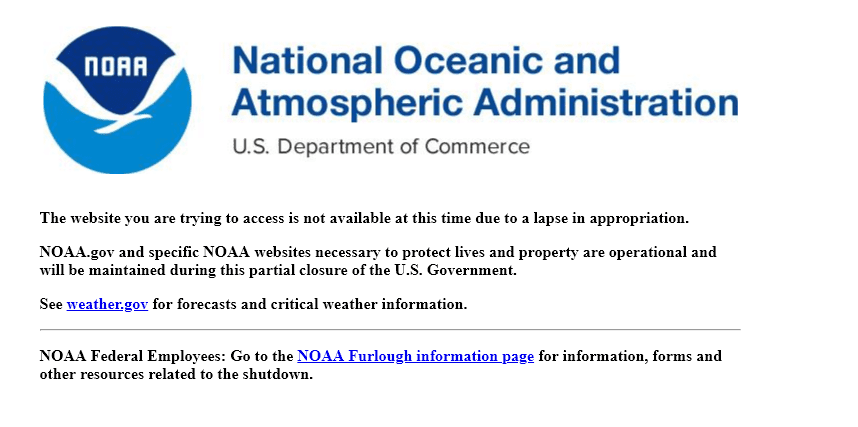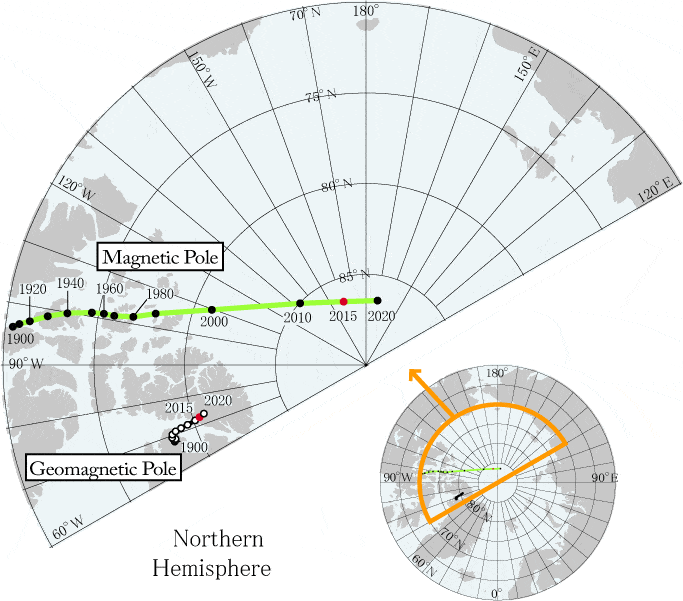Hundreds of miles beneath our feet, floating molten liquid is churning away, driving the planet’s magnetic field like a huge electromagnet. It creates our planet’s north and south magnetic poles. These poles do not correspond to the geographic poles, which mark the ends of Earth’s axis of rotation. In fact, their location changes — daily. What’s more, the magnetic poles even flip from time to time.
Scientists have known this for quite a while and have tracking magnetic pole migrations with high precision for well over a century. This means you shouldn’t be worried about click-bait headlines that announce magnetic pole shifts as something out of the ordinary or even potentially catastrophic. It’s all totally harmless. But what seems to be happening in the last decade is an acceleration in the rate at which the North magnetic pole is moving towards the direction of Siberia and away from Canada.
True North is relative
Historically, researchers recalculate the position of the magnetic North Pole every five years, which is then synced with global navigation systems, such as GPS. The World Magnetic Model is supervised by NOAA and the British Geological Survey, and its most recent update was supposed to happen on January 15 — but it didn’t. The reason behind it is that NOAA, a US federal agency, is currently inactive due to the ongoing government shutdown.

Credit: NOAA Website screenshot.
For most of the previous century, the pole has moved around nine miles each year. However, since the 1990s, the migration has sped up to 35 miles a year. Over the last 150 years, the magnetic pole has crept north over 1,000 kilometers. It’s not clear why this acceleration is occurring due to gaps in our knowledge of how the planet’s core behaves. One leading hypothesis suggests that liquid molten iron under Canada is being dragged toward Siberia. In the meantime, the magnetic South Pole has barely moved, which is another mystery.
What’s more, a geomagnetic pulse occurred beneath South America in 2016. That was right after a 2015 update to the World Magnetic Model, prompting scientists to schedule a revision earlier than the planned 2020 update. This update should have been online this week were it not for the government shutdown. In the meantime, those engaged in navigation requiring great precision around the North Pole will have to wait — and it’s anybody’s guess for how long.
The new model has the North Pole a good 25 miles away from the one previously predicted. This gross discrepancy means that updates in the future will have to be made much more often than before, preferably yearly. Yet normal folks shouldn’t be too worried since the error gets smaller and smaller the farther away you get from the North Pole. If you live in the United States, your compass should be pointing northward as before with reasonable accuracy.










